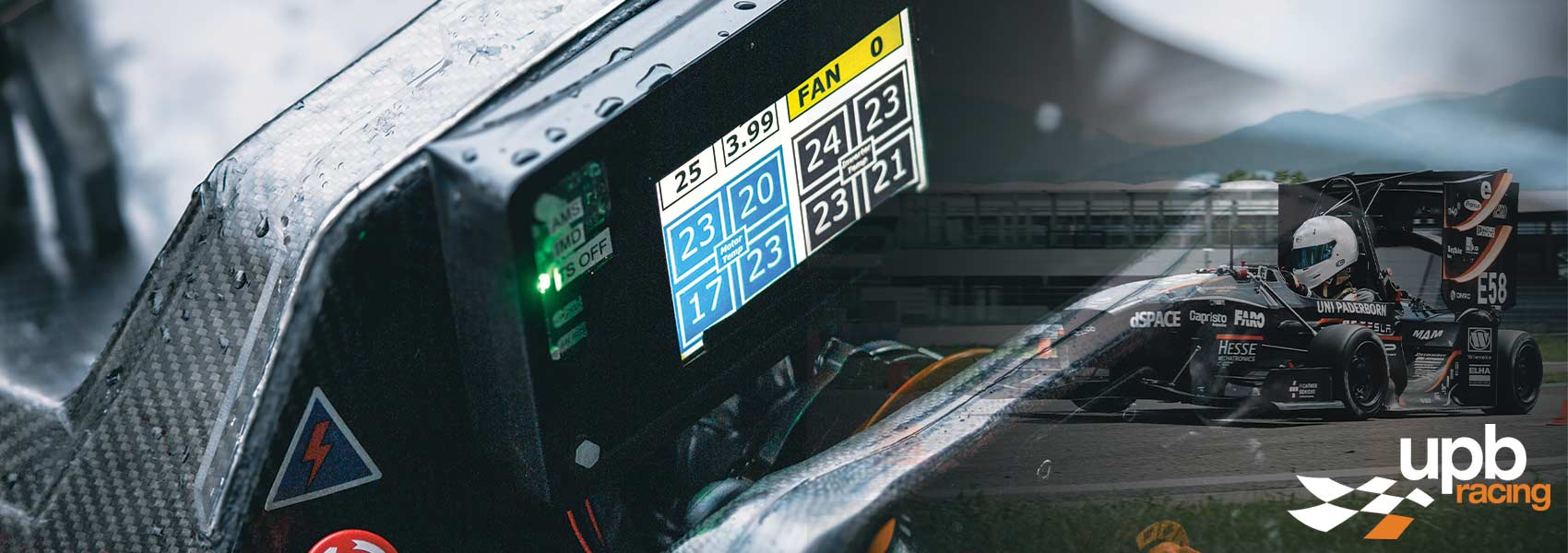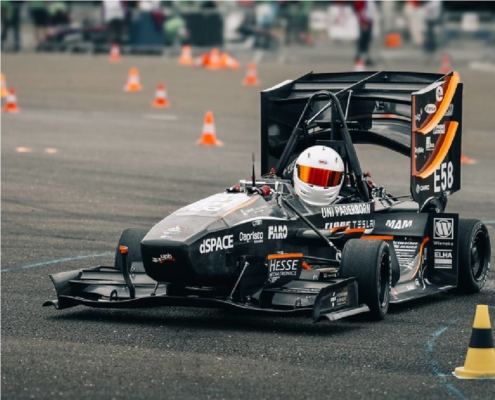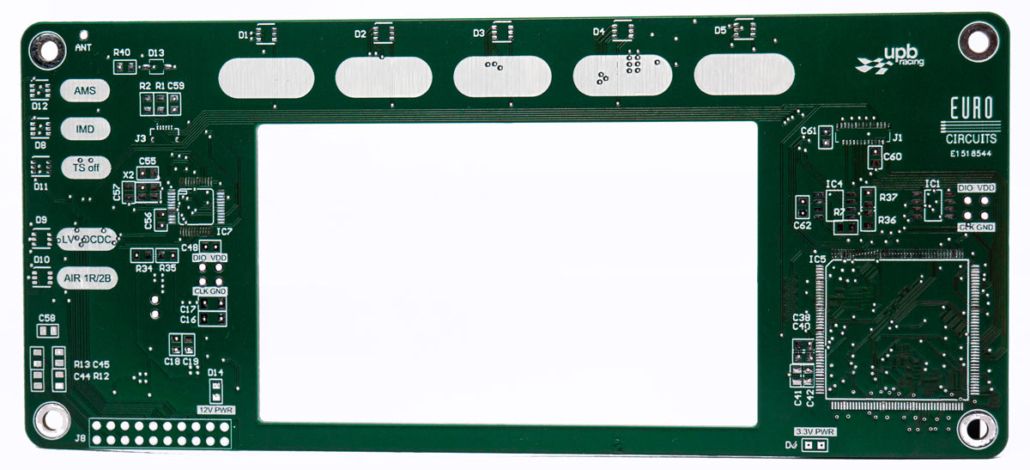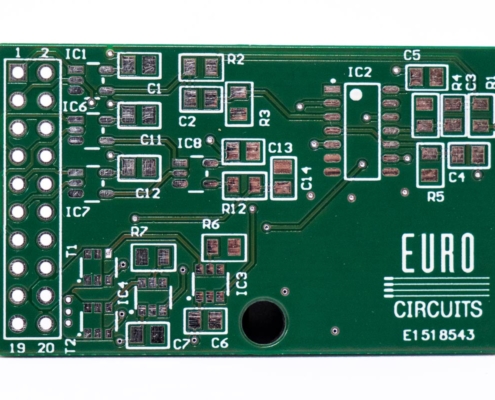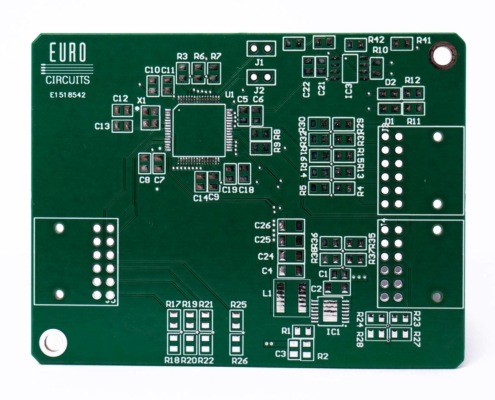The UPBracing Team
The UPBracing Team:
In 2007, the Formula Student team of the University of Paderborn, the UPBracing Team, built their first race car. The PX207 was a combustion engine vehicle with two-wheel drive. The highlight of UPBracing’s combustion era was the first place in the overall standings with the team’s last combustion engine vehicle, the PX221C, at the FS Alpe Adria event in Croatia in 2021. Since then, only electric vehicles have been developed. Our newest and most mature electric race car is the PX423E, which competed at several Formula Student events in 2023.
Season 2023 and Results:
The first and very early event was FSNetherlands in early July. Here, the PX423E passed all technical inspections and completed the Endurance with a quick time. The next event took place at the Red Bull Ring in Austria. Here, we achieved a good overall placement in the midfield. For the final event, we traveled to FS Alpe Adria in Croatia, where we placed 10th in the Engineering Design Event, 8th in Endurance, and 4th in Autocross. Overall, we achieved an amazing 4th place out of 36 participating teams.
This confirmed our powerful overall vehicle concept and encourages us to add some new features in the future based on our extremely reliable electric platform.
The PX423E and Collaboration with Eurocircuits:
A battery-electric race car with all-wheel drive and a power of over 80 kW at a total weight of 203 kg, that’s the PX423E. Serving as the energy storage is a 7.6 kWh battery, which, when fully charged, has a voltage of 600 V. Eurocircuits supported the UPBracing Team with the manufacturing of printed circuit boards for the low-voltage system, enabling us to control and operate our race car safely.
One very important printed circuit board is the Cockpit Board. In addition to some mandatory safety LEDs for the Tractive System (TS) status, the error indication of our Battery Management System (BMS) or Insulation Monitoring Device (IMD), and two control buttons, it includes the computing unit for a display that serves as the visual driver interface of the vehicle.
Through a redesign of the cockpit board, the visibility and brightness of the display were improved by replacing the backlight with a more powerful one.
Due to a large rectangular cutout in the PCB for the new backlight of the display, the electronic circuitry and components had to be accommodated on a relatively small area, as the entire cockpit assembly should not be much larger than the display itself. Therefore, a very small spacing between the traces and double-sided assembly were essential. Thanks to Eurocircuits’ high manufacturing quality, the printed circuit board could be developed as a High-Density Design.
Another board manufactured by Eurocircuits is the logic board for the Tractive System Active Light (TSAL). It controls the red and green LEDs of the TSAL, depending on the measured voltages in the HV battery or inverter and the mechanical states of all high-current relays.
Reducing the weight of the entire race car and monitoring each individual vehicle condition were two of our top goals in the past season. Unfortunately, they contradict each other because as the number of sensors increases, so does the number of cables needed to transmit the analog sensor data, thus increasing the weight of the wiring harness and the entire race car. Here, the Sensor Node (SN) helps us by reducing the number of required lines, converting analog sensor signals into digital ones that can then be transmitted via CAN. Eurocircuits also manufactured the Sensor Nodes for our race car this season.
We are grateful to have Eurocircuits as a partner for PCB manufacturing, as PCBs are nowadays an essential part of race cars, especially of electric race cars.
A big thank you to Eurocircuits for the excellent quality of the printed circuit boards, the short delivery time, and the outstanding collaboration!
For more information please visit the UPB Racing website.

